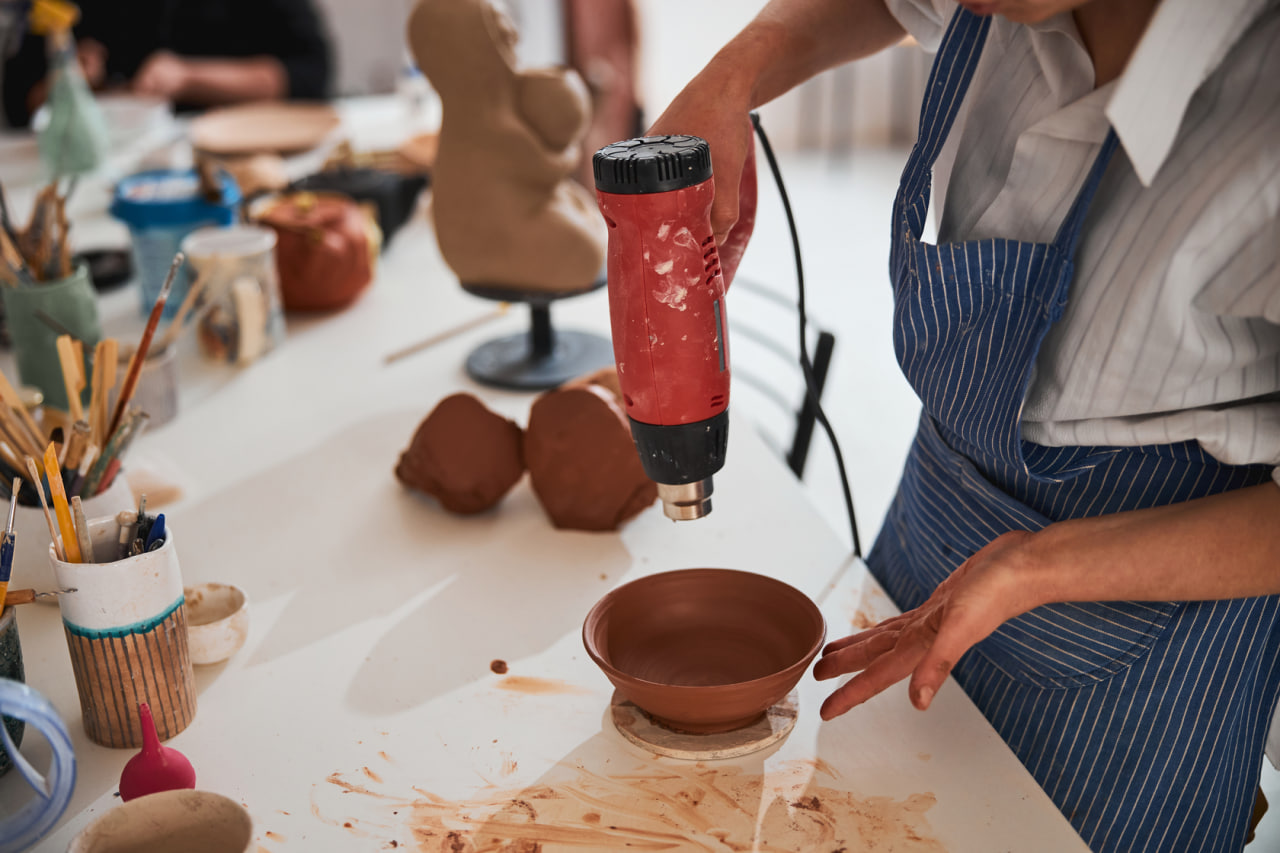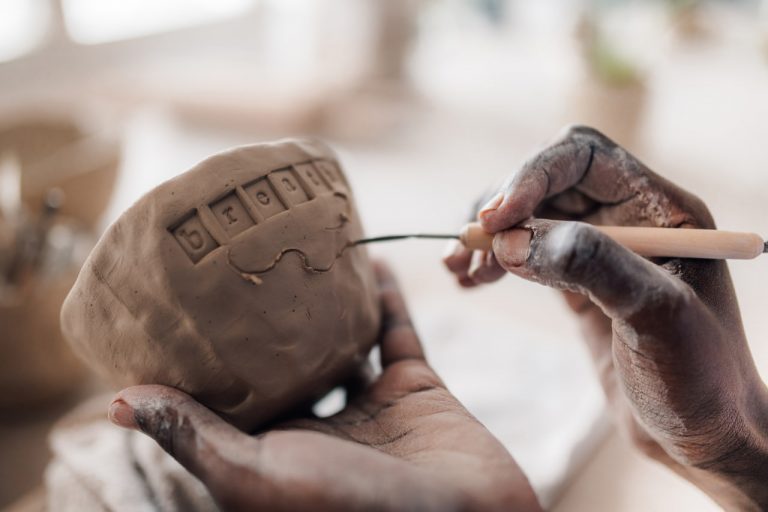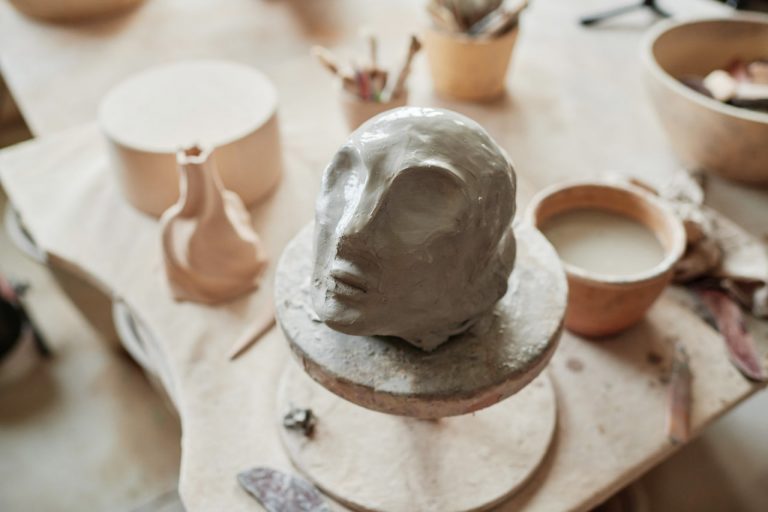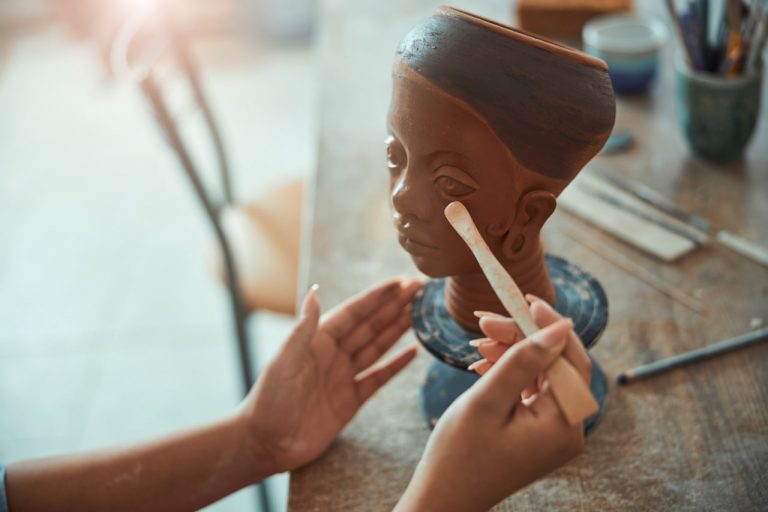Clay sculpting is both an art and a craft, requiring creativity as well as the right tools and materials. Having the proper equipment not only makes the sculpting process easier but also allows for more precise and detailed work. Whether you are a beginner or an experienced artist, understanding the essential tools and materials is crucial for creating high-quality clay figurines and sculptures.
Types of Clay
Choosing the right type of clay is the foundation of any successful sculpture. Different clays have unique properties, and selecting the appropriate one depends on your project and skill level.
- Air-Dry Clay: Ideal for beginners, it does not require baking and dries at room temperature. It is lightweight and easy to work with, making it perfect for small figurines and decorative items.
- Polymer Clay: This clay is versatile, holds detail well, and can be baked in a standard oven. It is available in a wide range of colors and can be mixed to create custom shades.
- Ceramic or Pottery Clay: Suitable for more advanced sculptors, this clay requires kiln firing. It allows for larger, durable sculptures and offers excellent finishing options through glazing and firing techniques.
Basic Sculpting Tools
Several basic tools are essential for shaping and detailing clay:
- Sculpting Knives and Blades: Used to cut, trim, and carve clay with precision.
- Shaping Sticks and Modeling Tools: Help create contours, smooth surfaces, and add fine details.
- Needle Tools: Ideal for making small marks, textures, and intricate patterns.
- Rolling Pins and Slab Rollers: Essential for flattening clay evenly for slab construction or uniform layers.
Surface Finishing Tools
Creating smooth, polished surfaces or intricate textures requires specialized tools:
- Sponges and Brushes: Useful for smoothing surfaces and adding subtle textures.
- Texture Stamps and Molds: Enable consistent patterns and decorative details on figurines.
- Wire Loops and Ribbon Tools: Perfect for hollowing, shaping, and refining curved areas.
Work Surface and Storage
A clean and organized workspace is critical for efficient sculpting:
- Non-Stick Mat or Board: Protects surfaces and allows easy cleanup while preventing clay from sticking.
- Containers and Wraps: Keep unused clay moist and prevent it from drying out.
- Tool Organizer: Maintains tools in one place and ensures accessibility during projects.
Additional Materials
Other materials can enhance the sculpting process or improve the durability of your creations:
- Armatures and Wire Supports: Provide internal structure for larger or delicate sculptures.
- Slip and Water: Used to join clay pieces smoothly and maintain moisture during sculpting.
- Paints and Sealants: After drying or baking, these materials can add color, detail, and protection to your finished sculptures.




